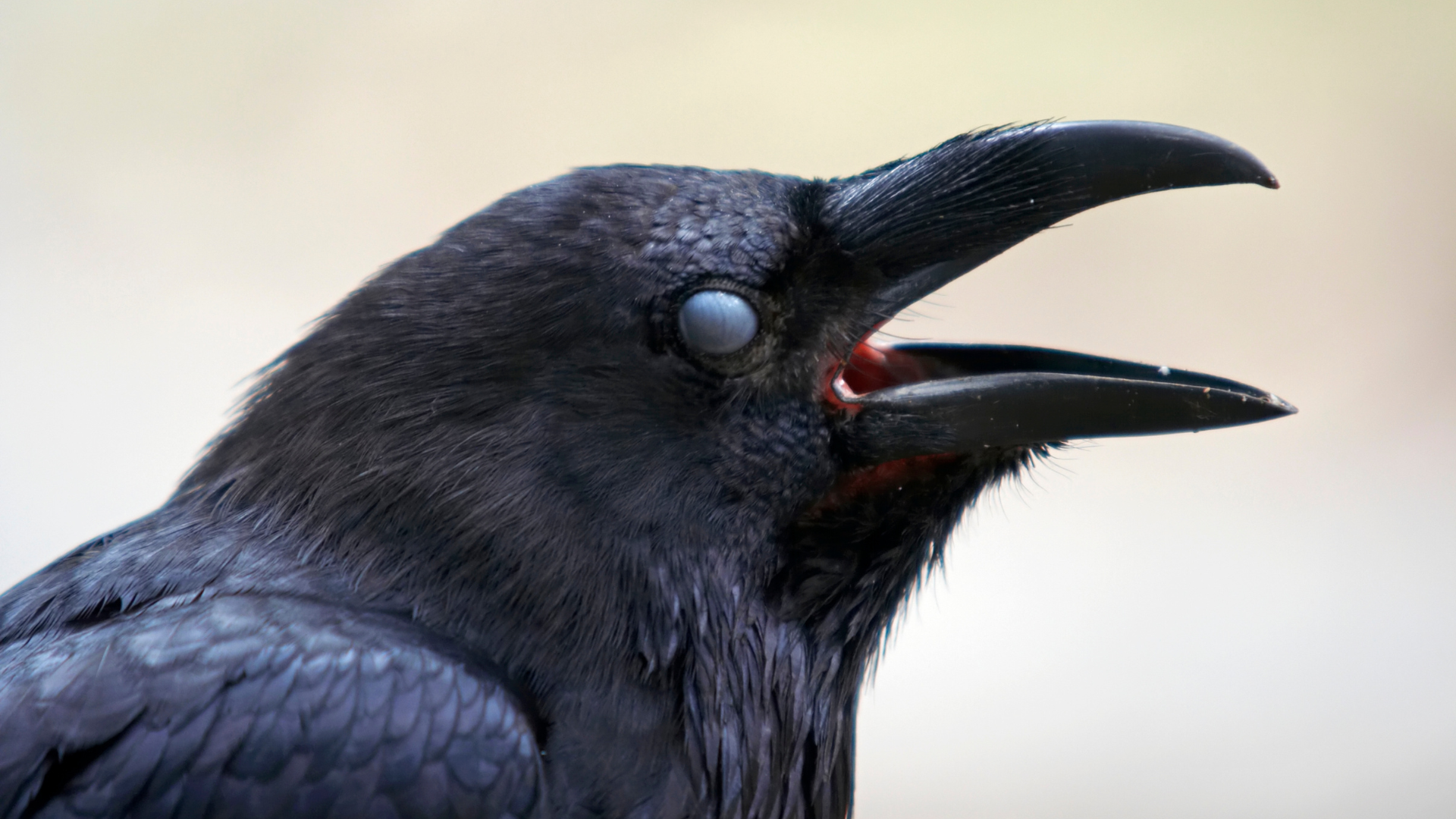Common Name: Superb fairywren
Scientific Name: Malurus cyaneus
The superb fairywren is a small and colourful bird that inhabits eastern and southeastern Australia. During the breeding season, males display brilliant electric blue feathers to attract mates. When not breeding, their plumage resembles that of the females, featuring subdued brown and grey tones for camouflage.
These wrens are social creatures, frequently seen in family groups. They prefer habitats like scrublands, forests, and gardens, where they search for insects and small spiders.
Description
The superb fairywren measures about 14 cm (5.5 inches) and weighs between 8-13 grammes (0.28-0.46 oz). Despite its petite size, it dazzles with its bright colours, especially during breeding season. Males flaunt an electric blue on their forehead, ear coverts, mantle, and tail. Their black mask and throat add a sharp, almost superhero-like appearance.
Outside the breeding period, males, females, and juveniles blend into their environment with grey-brown feathers and lighter bellies. Females and young males have tails in fawn or dull greyish-blue. The iridescent blue feathers of the breeding males catch the light beautifully. Equipped with long, narrow bills ideal for catching insects, these small birds are perfectly designed for an active life. Nature has intricately crafted these vibrant creatures to excel in their habitats.
Habitat
The superb fairywren thrives in southeastern Australia, including Tasmania. It flits through grasslands and forests in New South Wales, Victoria, and Queensland, and can often be seen near urban areas like Sydney and Melbourne. It adapts well to city life, finding refuge in urban parks and gardens with thick shrubs and undergrowth.
In wilder landscapes, it prefers moderately dense forests and heathlands, moving through low bushes with ease. Grasslands dotted with shrubs also suit its needs, offering a mix of open space and cover. Even in urban settings, as long as there’s dense vegetation, these tiny birds dart between plants, showcasing their adaptability.
Diet
The superb fairywren primarily feeds on insects, such as beetles, ants, and spiders. It hunts by scurrying through grass or hopping along branches, using sharp vision and quick movements to catch prey.
During colder months, when insects are scarce, it occasionally consumes seeds. This dietary shift helps it survive when its usual food sources become less available. The fairywren remains active, often seen foraging in pairs or small groups. It prefers areas with sufficient cover to quickly hide from predators.
Behaviour
The superb fairywren exhibits intriguing social behaviours. These birds form socially monogamous pairs but frequently engage in extra-pair mating. Cooperative breeding is common, with helpers assisting in defending territories and raising chicks. During courtship, males display vibrant yellow feathers and perform elaborate movements like 'sea horse flights' and 'face fan' displays to attract mates.
Their vocalisations are also notable. High-pitched reel songs are integral to their communication. Unique Type II calls are used specifically as responses to predators, while females contribute alarm calls and a distinctive purring sound.
Conservation Status
The superb fairywren’s population is stable and widespread. It thrives in various environments, including urban areas, facing few threats. This bird's ability to adapt to diverse settings helps it avoid many risks that affect other species. Although it is not listed as endangered or protected, ongoing habitat changes could still impact it. For now, its status remains positive.
Similar Species
The splendid fairywren (Malurus splendens) resembles the superb fairywren and is often called a "blue wren" due to its vibrant blue feathers. However, it inhabits different regions, being found in more tropical parts of Australia.
The purple-crowned fairywren (Malurus coronatus) is another related species, noted for its purple crown. It lives in a different range from the superb fairywren and has its own unique characteristics within the wren family.




